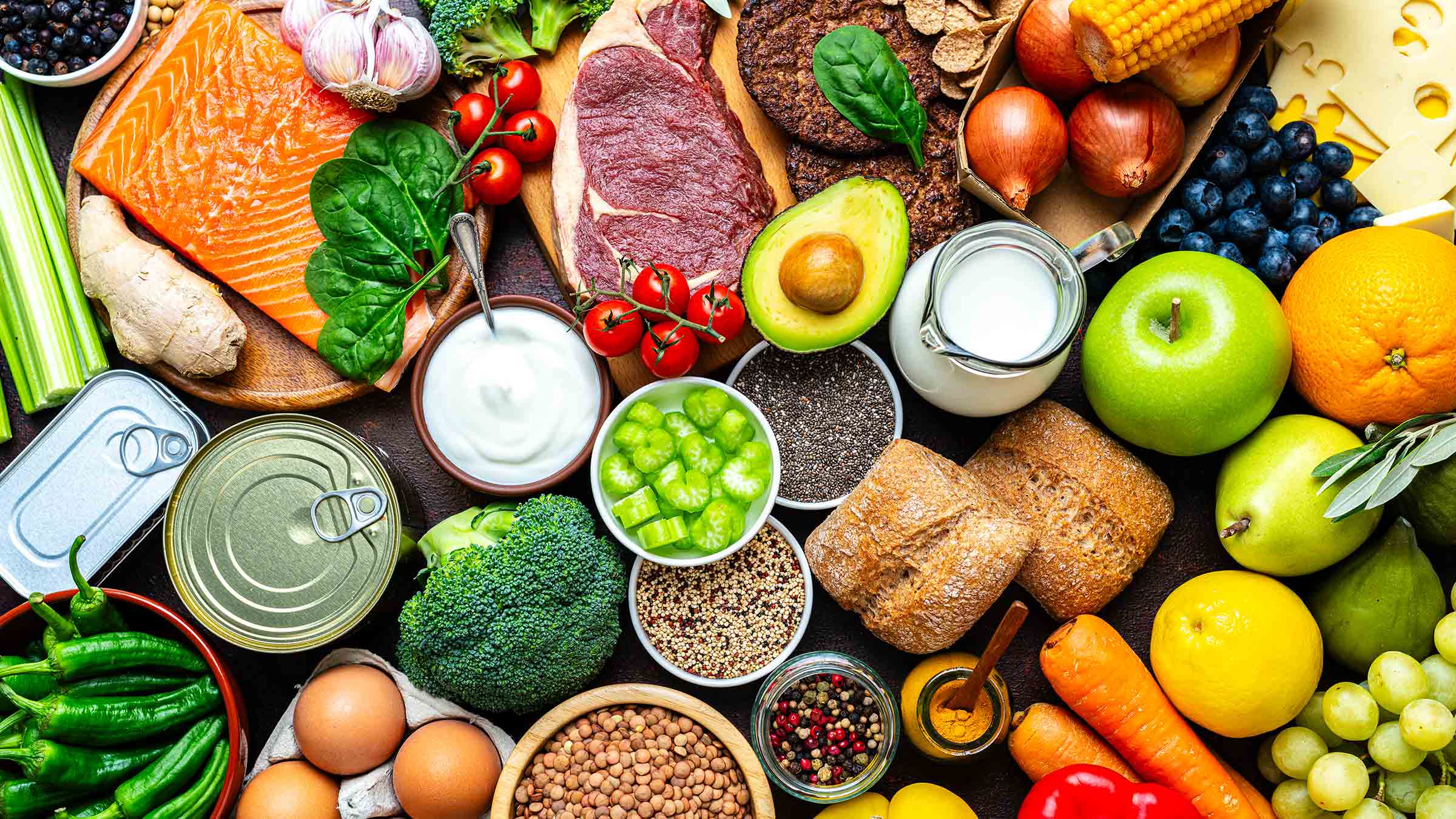
Salad or wings? It’s easy to guess which is the healthier pick for a meal.
But how many of us know what a nutritious overall diet looks like? To be healthy, we need a balance of macronutrients and micronutrients.
Macronutrients
Carbohydrates, fats and proteins (“macronutrients”) provide us with energy in the form of calories. Of these three, the majority of our energy should come from carbohydrates — not proteins. Carbohydrates should make up 45-65% of our total daily calories; protein should make up 10-35%; and fat, 20-35%.
Eliminating or seriously limiting any one of these macronutrient groups from a diet isn’t healthy. Yes, even cutting out fats would be harmful. Our bodies need fat to help absorb certain vitamins.
Micronutrients
“Micronutrients,” also referred to as vitamins and minerals, are no less important than macronutrients. They’re just needed in smaller amounts. They include vitamins, such as C, D and K, and minerals such as iron, magnesium and calcium. While micronutrients don’t give us energy, they’re critical for the many chemical reactions that occur in our bodies, including extracting energy from food and creating new cells.
With micronutrients, more isn’t necessarily better. Too much can be toxic, which may lead to symptoms such as nausea, diarrhea and headaches.
It’s best to get all the micronutrients you need from eating a diverse diet rather than taking supplements. Vitamins and minerals found in food are easier for the body to absorb than those in a pill. Food will also provide the added benefit of other nutrients within it. If you eat a banana, you’re not only getting potassium and vitamin C, but also fiber. Plus, the vitamins and minerals in a banana are readily available for the body to digest.
If you follow a vegan diet and want to add B12 to your diet because you’re not eating meat, eggs or dairy, instead of taking a vitamin supplement, you could sprinkle nutritional yeast fortified with B12 in a soy-based yogurt or smoothie.
What helps your body absorb nutrients?
Eating a diet that includes a variety of whole fruits, vegetables and fermented foods is a great way to support a healthy gut. The gut microbiome — a collection of microorganisms (primarily bacteria) that are active in a person’s intestines — is created and maintained by eating patterns.
Our gut needs to be healthy to work properly, so people with “gut diseases” may not be able to digest/absorb foods well, potentially leading to nutrient deficiencies. Celiac disease, for example, can deteriorate the lining of the small intestine, reducing its ability to absorb nutrients. People with celiac disease are therefore at a higher risk for micronutrient deficiencies.
How can you tell which vitamins you’re lacking?
Sometimes you can tell you’re missing vitamins or minerals by the way you feel. You may feel tired or get sick frequently, and it’s not tied to a chronic illness.
If you’re concerned you may be lacking some vitamin or mineral, you can work with a registered dietitian or primary care provider to find out. Registered dietitians are specially trained in methods of determining if you’re deficient in any nutrients and can offer recommendations to meet your specific needs. A primary care provider would also be familiar with your individual health and can offer guidance and ways to help diagnose what could be wrong. And they might refer you to a dietitian or other specialist for more specific help.

Take the first steps to a healthier lifestyle
Ditch the fads and start taking real steps to improving your health with the nutrition and dietary experts from Ohio State.
Start today




